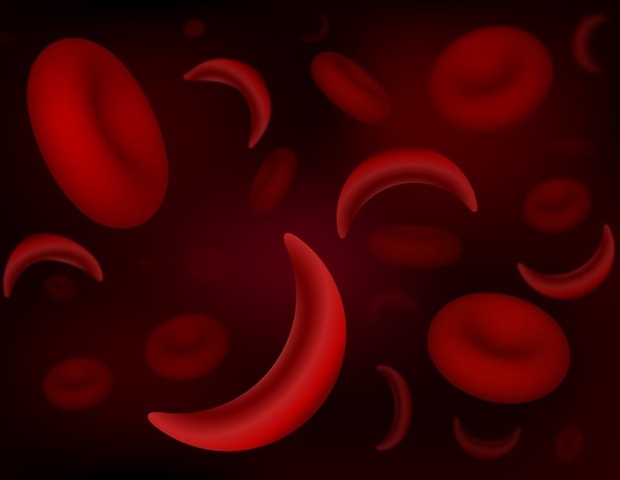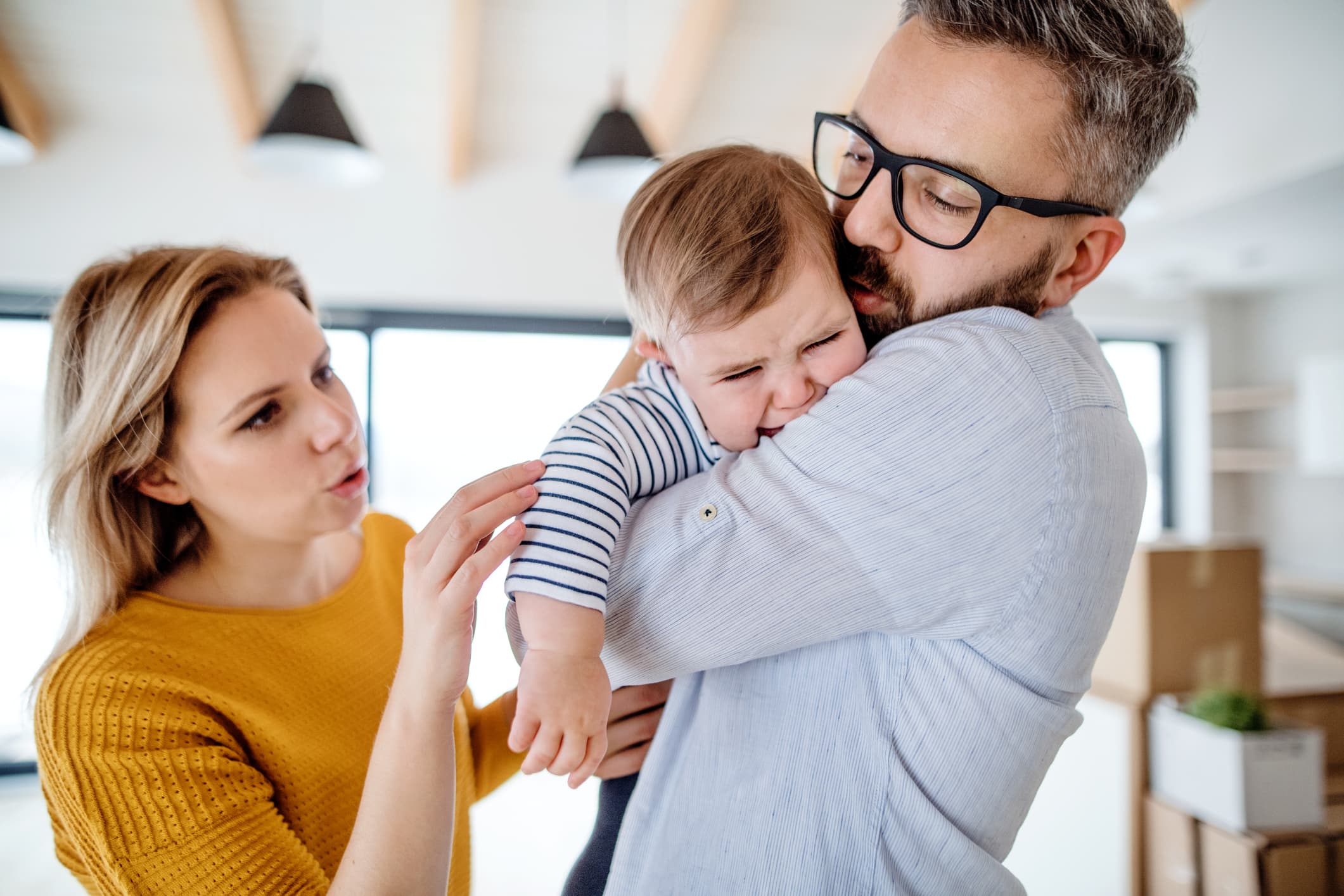
Myopia, or nearsightedness, is at an all-time high among children in the US. Globally, half the population is expected to be nearsighted by 2050. Ophthalmologists are gravely concerned that these trends suggest a future in which many more people are at risk of suffering from serious uncorrectable vision loss later in life. That’s because high myopia can lead to other vision-threatening conditions, such as retinal detachment and glaucoma.
New treatments are being developed to slow myopia in children, and potentially head off severe nearsightedness. Compelling evidence accumulated over the last 20 years, conducted primarily in East Asia, suggests that an eye drop, low-dose atropine, can significantly slow the progression of myopia. However, a U.S.-based study published this year showed mixed results, underscoring the need for more research on myopia and atropine. This week at AAO 2023, the 127th annual meeting of the American Academy of Ophthalmology, three new studies will be presented, including a new, global study showing that low-dose atropine can help slow myopia in children.
We found that low-dose atropine is suitable for all children with myopia, regardless of age, sex, race, iris color, or baseline spherical equivalent refraction. These results are a major advance for myopia management and for the kids and parents who myopia impacts.”
Darren J. Bell, MD, of Medical Center Ophthalmology Associates in Texas, one of the investigators of the study
Dr. Bell reported an analysis of the landmark, three-year, placebo-controlled international Phase III CHAMP (Childhood Atropine for Myopia Progression) clinical study. The analysis shows that a low-dose, preservative-free formulation of atropine is effective in slowing progression in children aged 3 to 17, living in the U.S. and European Union.
The children had between −0.50 D to −6.00 D spherical equivalent refraction, and received daily placebo or a proprietary formulation of low-dose atropine. The proportion of responders compared with placebo was: 31.6%/21.3% (<0.50 D, P = .007), 42.8%/29.4% (<0.75 D, P = .001) and 54.8%/43% (<1.00 D, P = .006) at 3 years.
The U.S. FDA accepted a new drug application for the investigational drug used in this study. A decision on its approval is expected in January 2024.
Dr. Bell’s talk will be presented today, along with other notable studies on slowing myopia in children, noon to 1 p.m., Poster Theater, Moscone West Expo, Booth 7337:
- Factors Associated With Myopia Progression in Children 5 to 12 Years of Age (PO409) shows that low-dose atropine works best in children under 10 years old. The authors conclude that younger children with greater baseline myopia should be the focus of myopia control strategies. Researchers conducted a pooled analysis of 187 children with myopia who were randomized to nightly 0.01% atropine or placebo for two years, followed by 6 months of no treatment. The analysis also showed that race, sex, and iris color were not associated with atropine’s success rate.
- Five-Year Clinical Trial of Low-Concentration Atropine for Myopia Progression (LAMP) Study: Phase 4 Report (PO411). This is an extension of the original LAMP trial. It followed for 5 years 257 children in China, aged 4 to 12, who were treated with higher-dose atropine, 0.05%. Researchers found that the higher dose was effective and that by year 4 and 5 follow-up, as-needed treatment could be considered for older children when their progression was stable.
Research into this important public health topic will continue, as many questions remain. Stay up to date on the latest by visiting the Academy’s EyeSmart website. We also have resources to help educate the public on the rise in myopia.
Source:
American Academy of Ophthalmology

 PARENTING TIPS
PARENTING TIPS PREGNANCY
PREGNANCY BABY CARE
BABY CARE TODDLERS
TODDLERS TEENS
TEENS HEALTH CARE
HEALTH CARE ACTIVITIES & CRAFTS
ACTIVITIES & CRAFTS

